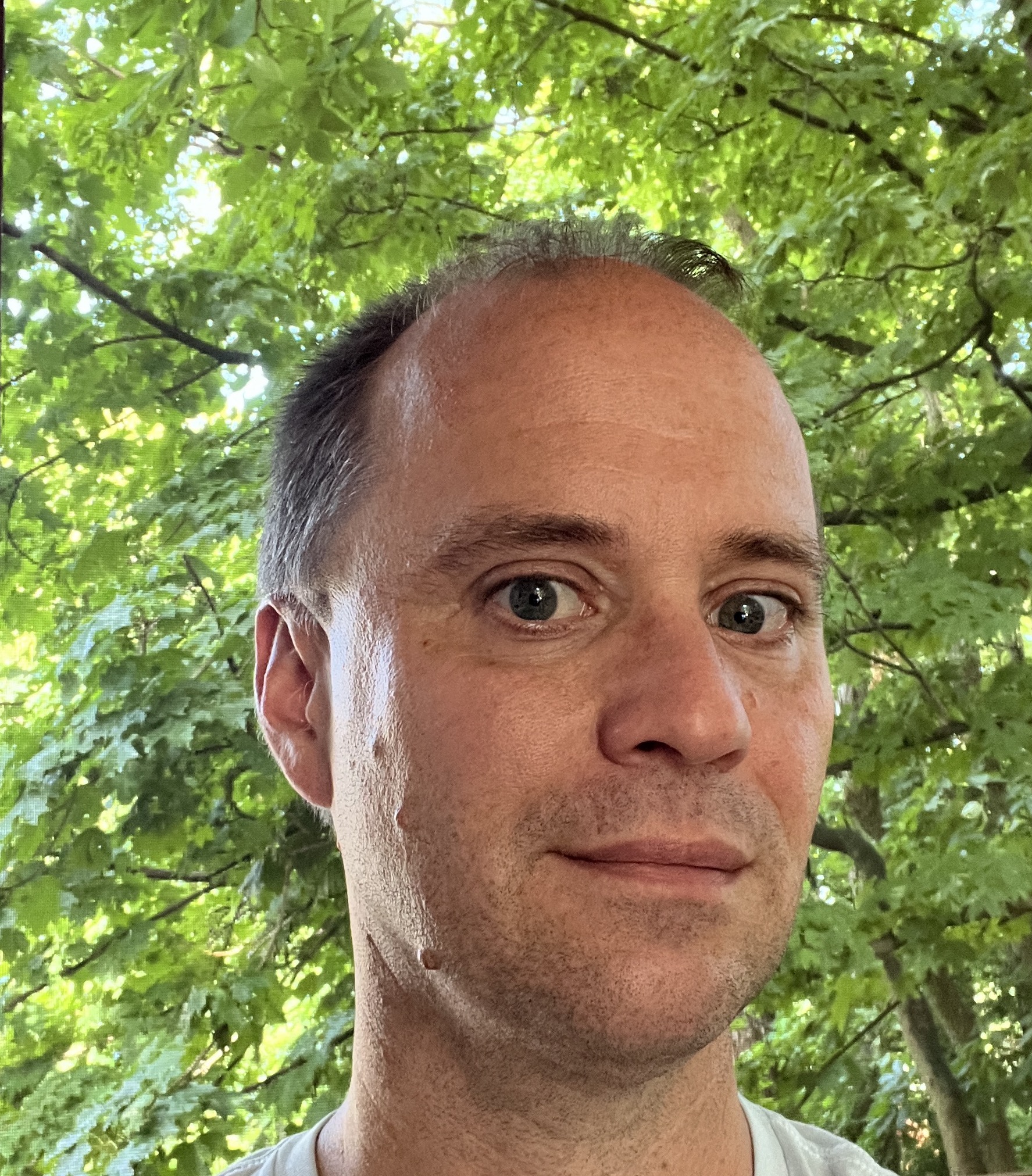I am an environmental historian of Russia and the Soviet Union with an interest in many aspects of human interactions with the natural world. My main scholarly ambition has been to demonstrate the pertinence of environmental perspectives to major questions in Russian and Eurasian history. This goal has led me to write about animals and avalanches, climate and conservation, energy and economy, geology and gender, labor and lakes, mysteries and meteorites, revolution and reindeer, subjectivity and socialism, waste and warfare, and other themes. In my work, I highlight the potency of non-human nature and place Russia’s environmental history in comparative and global contexts. A focus on specific locations, such as borderlands in the Arctic and the Siberian wilderness, also characterizes my scholarship. My first book examined the environmental history of economic transformation in the Russian north during the twentieth century and my second book explored the history of the 1908 Tunguska explosion and the efforts to understand it. I am currently working on two book projects. One will reconsider the growth imperative under Soviet socialism in light of recent theorizing about the Anthropocene and prospects for degrowth and the other will follow anarchist geographer Peter Kropotkin’s return to Russia in 1917 as a means to reflect on the political ecology of the Bolshevik revolution.

Andy Bruno
Stephen F. Cohen Chair of Russian History and Professor, Department of History
Department of History
 The College of Arts + Sciences
The College of Arts + Sciences